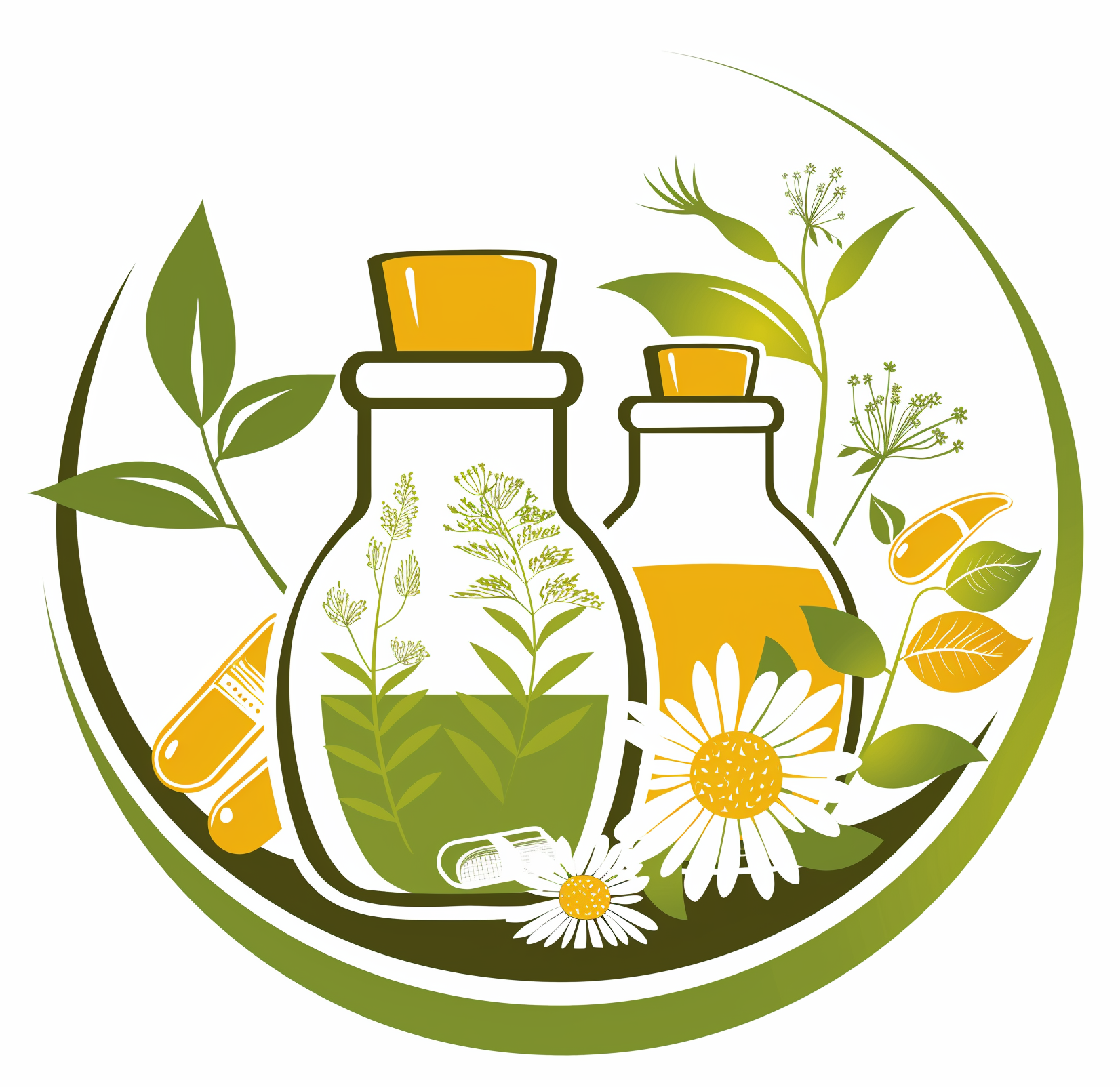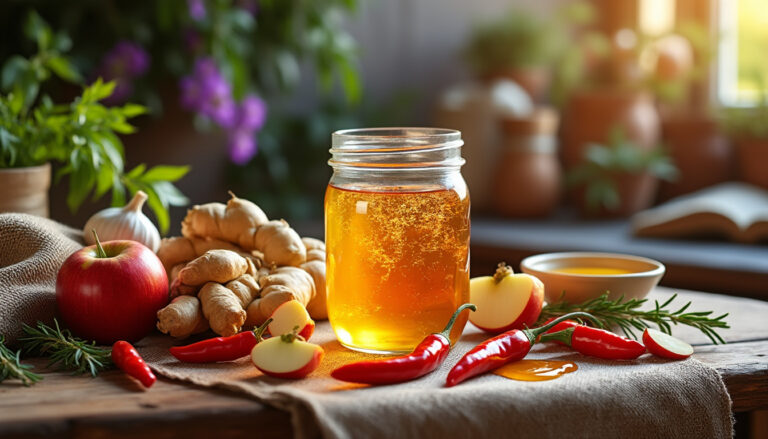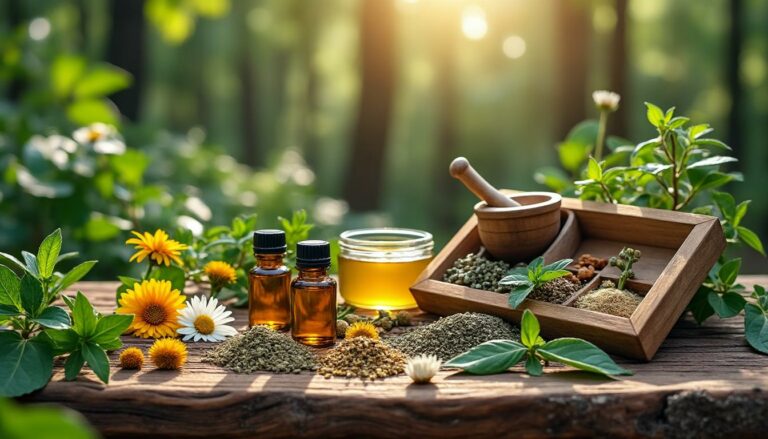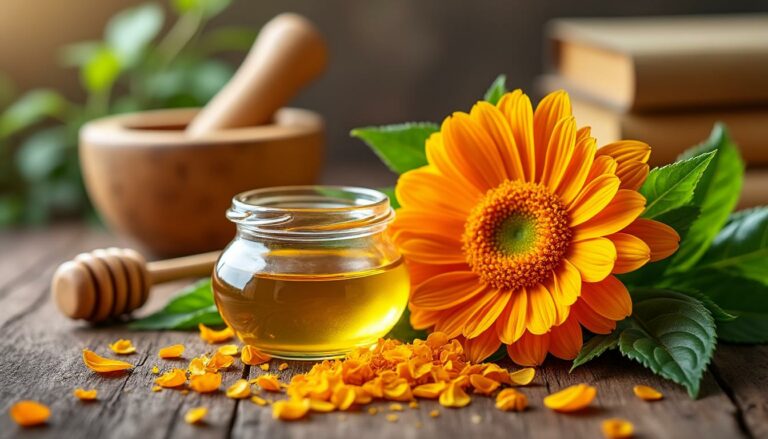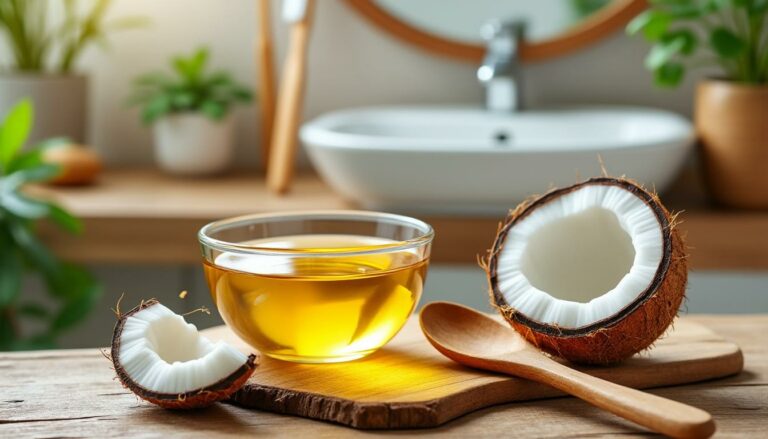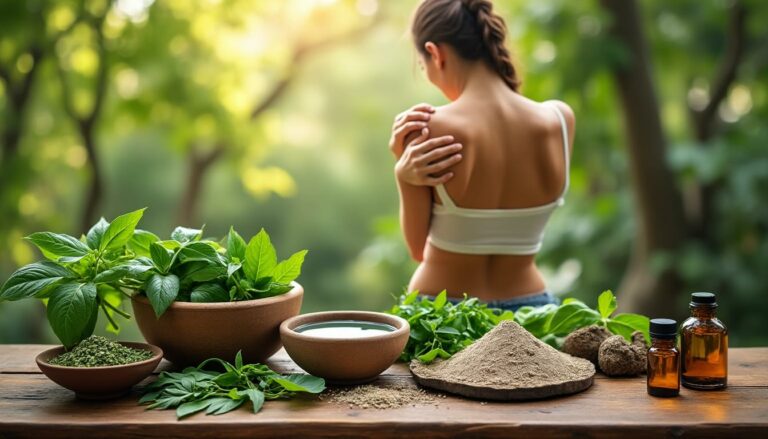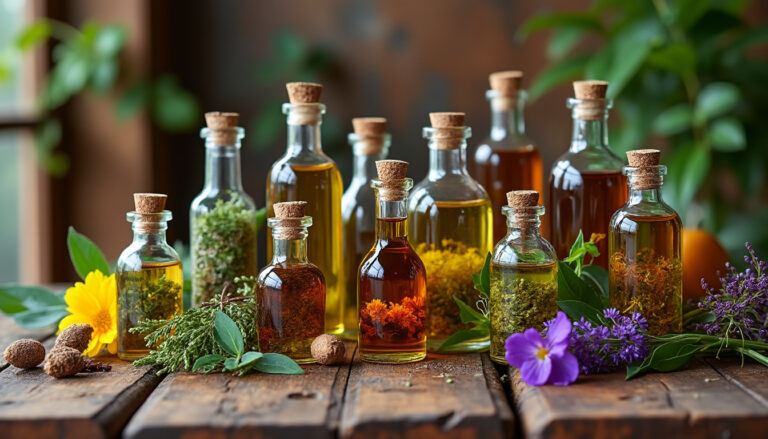What is wildcrafting? Essential safety tips for beginners
What is wildcrafting? might sound adventurous, yet newcomers quickly discover that harvesting plants from untamed landscapes carries real risks. Poisonous look-alikes, hidden pollutants, and strict conservation laws can all turn a carefree outing into a costly mistake.
Ignore those hazards and the danger multiplies: a misidentified leaf can send you to the emergency room, and over-picking a fragile species may wipe out a patch that took decades to establish. The result? Lost time, lost money, and a damaged ecosystem you were hoping to celebrate.
Fortunately, time-tested guidelines and a few inexpensive tools let you step into the woods with confidence. Follow the road map below and you’ll learn to read the landscape, choose only the healthiest stands, and come home with safe, potent herbs every single trip.
Wildcrafting explained — from ancestral roots to 2025 practice
At its core, wildcrafting is the mindful gathering of medicinal or edible plants in their natural habitat. Unlike casual foraging, it adds two non-negotiable layers: accurate identification and active stewardship. In other words, you harvest only what the land can spare and you make sure the right plant goes in your basket.
| 🌿 Term | Quick definition | Modern example |
|---|---|---|
| Wildcrafting | Collecting plants + caring for the stand | Gathering yarrow, leaving 90 % untouched |
| Foraging | Any wild food quest | Picking berries for a pie |
| Stewardship | Actions that improve habitat health | Re-seeding nettle patches |
- 🌲 You step off the trail and away from chemical drift.
- 🧭 You track plant populations over seasons, not selfies.
- 🔬 You combine folk wisdom with current research — the Green Apothecary principles make a solid start.
Brands such as Forager, Wildcrafting Co., and Nature’s Harvest popularised these ideas in recent years. Their message is clear: gather — but give back.
Five safety pillars every beginner needs to master
Think of these pillars as a checklist that travels in your daypack. Skip any step and the whole structure wobbles.
1. Precise plant ID prevents accidents
Mistaking poison hemlock for wild carrot remains the classic blunder. Mobile apps help, yet nothing replaces a local mentor or a class from Herbal Outfitters or Wildcrafted Essentials.
- 🔍 Use three confirming traits — leaf shape, stem texture, and flower pattern.
- 📚 Carry a regional field guide plus laminated flash cards.
- 📸 Photograph the entire plant, not just the blossom, for later study.
| 👀 Similar pair | Key difference | Seasonal cue |
|---|---|---|
| Poison Hemlock vs. Queen Anne’s Lace | Purple blotches on hemlock stem | June – August |
| Sweet Violet vs. Ground Ivy | Violet leaves are heart-shaped, not scalloped | Early spring |
Need deeper botany skills? Stream the free lessons from Earth’s Bounty Adaptogen series for side-by-side comparisons.
2. Harvest only in clean, legal zones
Chemical drift, run-off, and road salt settle invisibly on foliage. Meanwhile, fines for unauthorized cutting can reach four digits in 2025.
- 🛑 Verify land ownership — private, public, tribal, or protected reserve.
- 📜 Secure permits when required; authorities often email them within 48 h.
- 🧪 Avoid ditches, rail lines, and old orchards with lead-arsenate residues.
| 🏷️ Land type | Permit needed? | Distance from road |
|---|---|---|
| National Forest | Yes, free or low-fee | > 200 ft |
| City Park | Usually prohibited | — |
| Private Farm (with permission) | No government permit | > 100 ft away from spray zone |
When in doubt, cross-reference your site with the Purely Wild conservation map or your state’s Natural Heritage database.
3. Respect ecological limits — the 1 in 10 guideline
Decades of monitoring by groups like Harvest Moon show that removing more than 10 % of a stand often stunts regeneration.
- 🌱 Walk the perimeter first to gauge stand size.
- 🔢 Mentally divide the patch into ten zones; gather from only one.
- 🐝 Leave flowering tops for pollinators whenever possible.
| 📊 Plant type | Safe take % | Why |
|---|---|---|
| Perennial roots (e.g., dandelion) | 5 % | Slow replacement rate |
| Aerial annuals (e.g., chickweed) | 10 % | High seed output |
| Bark (e.g., willow) | Strip < ¼ of circumference | Prevents girdling |
4. Pack the right tools for safe processing
Sharp knives limit plant damage and protect your fingers. A foldable pruning saw and breathable mesh bags round out a minimalist kit.
- 🗡️ Stainless blade — sanitise with alcohol between species.
- 🎒 Mesh bag — reduces mold risk on long hikes.
- 🧤 Nitrile gloves — prevent skin reactions to sap.
| 🛠️ Tool | Average weight | Dual use? |
|---|---|---|
| Pruning shears | 180 g | Trail maintenance |
| Root digger | 220 g | Fire pit trench |
| Field guide (waterproof) | 150 g | Emergency tinder |
5. Maintain the right mindset in the field
Anxious, hurried harvesters miss warning signs and damage habitat. Seasoned gatherers at Green Apothecary teach a quick grounding ritual: pause, breathe for ten seconds, thank the plant, then cut.
- 🧘♀️ Center yourself before stepping off trail.
- 👣 Move slowly; disturbed soil invites invasives.
- 🔄 Rotate harvest areas to let patches recover.
| 🧭 Scenario | Grounding cue | Benefit |
|---|---|---|
| Foggy weather | Listen for birdsong | Improves orientation |
| Group outing | One-minute silent check-in | Reduces accidents |
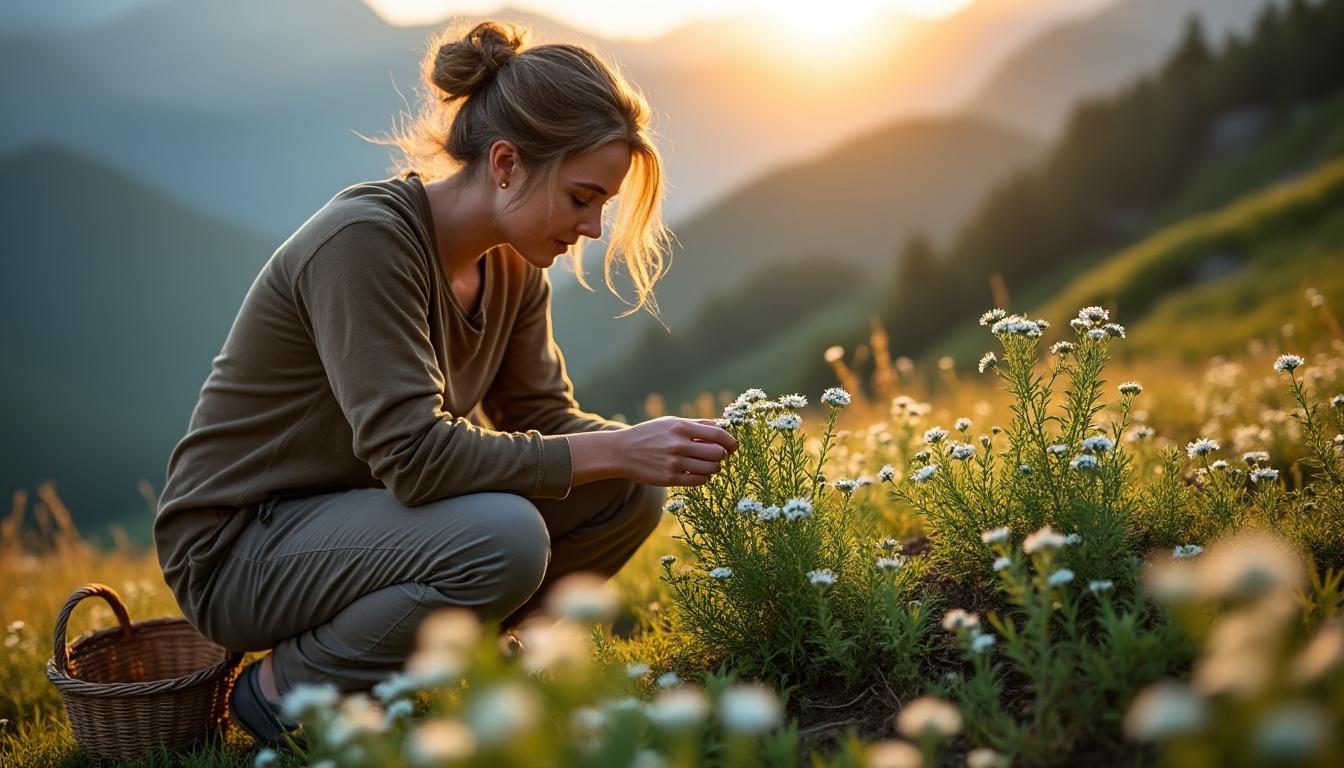
Printable beginner checklist — your field companion
Download, laminate, and tuck this list behind your map. It mirrors the protocol trusted by Wild Foods educators across North America.
- ✅ Permit and landowner permission secured?
- ✅ Positive 3-point plant ID?
- ✅ Stand large, healthy, away from pollutants?
- ✅ Harvest limited to 10 % or less?
- ✅ Tools clean and ready?
- ✅ Emotional state calm and focused?
- ✅ Post-harvest site tidy, no exposed soil?
| 📆 Timing tip | Ideal window | Why it matters 🌞 |
|---|---|---|
| Leafy tops | Morning, after dew dries | Max potency, minimal pests |
| Roots | Late autumn | Energy stored underground |
| Resins & sap | Mid-summer | Highest flow rate |
Stick to the steps above and the forest will reward you with potent remedies – from nettle fiber for cordage to calendula petals for the Purely Wild salve recipe making waves on homestead forums this year.
FAQ — new wildcrafters ask these first
- Is wildcrafting legal everywhere? 🤔
Rules vary by country, state, and even municipality. Always consult local regulations and secure permits where required. - How can I tell if a plant is endangered? 🌺
Check your region’s Natural Heritage Program and cross-reference with reputable databases such as United Plant Savers. - What if I accidently pick a toxic plant? 🩺
Do not ingest it. Seal the specimen in a bag, photograph it, and contact Poison Control or a qualified botanist for confirmation. - Can children join wildcrafting trips? 👧
Yes, if supervised closely. Teach them one safe, abundant plant at a time, such as dandelion or blackberry. - How long do dried herbs stay potent? 📦
Most maintain peak quality for 12 – 18 months when stored in cool, dark, airtight containers.
What is wildcrafting? Now you know it’s more than gathering plants — it’s a respectful partnership that lets both you and the landscape thrive. Pack the checklist, pace yourself, and let the next walk into the woods sharpen every sense you own.
